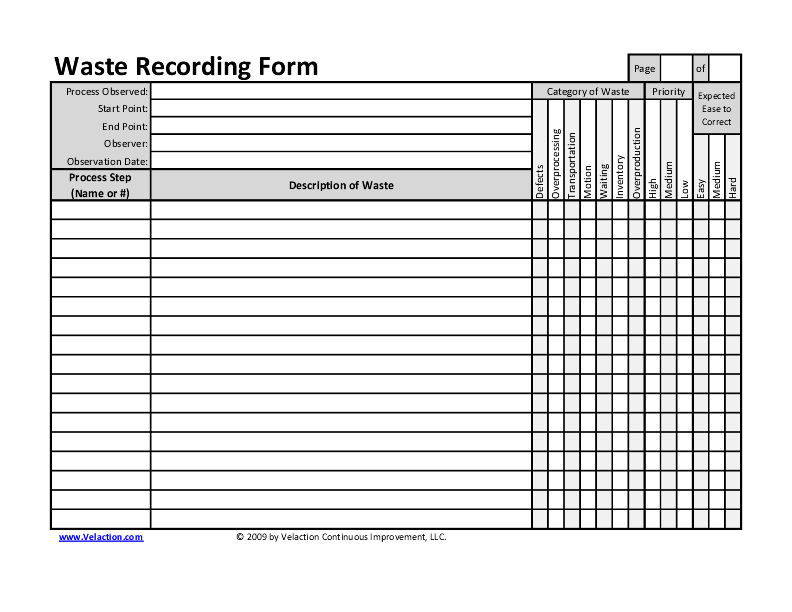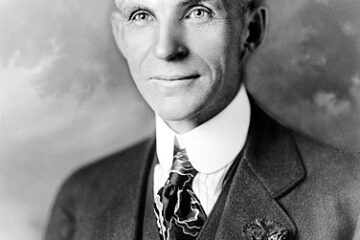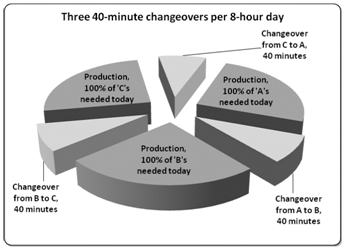Kaizen
Kaizen is a Japanese word that roughly translates to “change for the good”. Many people equate this to putting together a team of people from several work areas to do a week-long project to reduce waste or improve a process’s flow. These projects may be called a kaizen blitz, a Lean event, a rapid improvement workshop (RIW), a rapid improvement project (RIP), or something else with a similar name. These all fall into the big Read more…




